Horticulture Exam 3
1/71
There's no tags or description
Looks like no tags are added yet.
Name | Mastery | Learn | Test | Matching | Spaced |
|---|
No study sessions yet.
72 Terms
In tests was 100% effective against fruit flies
Abamectin
protects against rust and powdery mildew and can kill pests such as whiteflies aphids mealybugs and lace bugs
Neem seed oil
lives naturally within a plant and secretes a gas that stops the growth of plant pests and may be the first biological fumigant
Muscador albus
Always start with a _____ as the first step in pest control
non-chemical
is a mostly GMO crop created using endophyte fungus or bacteria that lives between cells or a Bt gene inserted to protect against chewing insects
Corn
kills by proteins forming holes in the gut and digestive tract and causing fatal starvation to worms and caterpillars
Bacillus thuringiensis (Bt)
One way biological control agents work is to ___ the pest or suck out its body fluids
eat
rather than herbicides may be used for weed control to minimize the use of harsh chemicals
Mulch
Chronic toxicity is a danger caused by chemicals that accumulate in
bodies of animals and humans
In cases of spillage or toxic chemical exposure the most important consideration is to quickly
remove contaminated clothing
The most important first aid practice is to ___ the poison
dilute
Chemicals such as ____ are absorbed rapidly through the skin
organophosphates
Inhalation toxicity is measured in
LC50
The first step in selecting a pesticide is to identify the
pest organism
Some progress has been made in the development and use of pesticides that affect only insects. Chemicals that affect the insect’s ______ are good examples.
nervous system
_______ are chemicals that kill tiny, hairlike worms) that feed on the roots of plants.
Nemagon and Dasanit
Attractant lure for attracting and sometimes trapping adult insects, is made from naturally or synthetically produced _____.
hormones
A common chemical used to control rats and mice is
Warfarin
Many insecticides no longer approved for use include
Aldrin carbofuran chloropyrifos DDT
An example of a systemic poison is
Orthene (acephate)
An example of a contact poison is
Pyrethrins Zeta-cypermethrin
A chemical fumigant once injected 2 feet deep into soil but now banned in the US is
methyl bromide
____ is a type of an inorganic (mineral) insecticide that is also used as a fungicide.
sulfur and copper
is a new slug control not toxic to other organisms
Escar-GO!
Dusting or drenching the soil mix with _________ often gives excellent control of seedling root and stem rot.
Captan
The difference between the application of fungicides and insecticides is the
timing
Rodenticides most commonly kill as ______ poisons
stomach
is a disease that attacks stems and leaves of plants
Anthracnose
Fungi are tiny non-green plants that lack ________ and live as parasites and decomposers.
chlorophyll
Adding soil bacteria and compost helps control root rot plus adding _____ protects roots from soil-borne diseases
Actinovate
Some chemicals must be washed into the germination zone by rainfall or irrigation within ______ after application
7 to 10 days
Dimension kills plants by preventing ____ from occurring
photosynthesis
Most weeds are killed more easily when they are _____… (and in ___ ___)
young and in active growth
Broadleaf weeds (dicots) in a cornfield can be killed with _______ herbicide without damaging the corn plants.
selective
____ is an herbicide that moves through the plant phloem to the meristem tissues, causing uncontrolled and unsustainable growth. It is a synthetic auxin, commonly used on lawns, because it is more effective on dicots.
2,4D
The seven-spotted ladybug is
Beneficial
The green lacewing is
Beneficial
The praying mantis is
Beneficial
The spined soldier bug is
Beneficial
Aphids are
Pests
_____ ______ a flea beetle, released in the USA as a biocontrol agent for leafy spurge (a serious grassland weed)
Aphtona flava
is a parasitoid that controls caterpillars beetles flies and aphids
Braconid wasp
is a natural pesticide insect repellent antifungal
Neem tree oil
are organic compounds from chrysanthemum with insecticidal effects
Pyrethrum
is a soil bacteria that produces avermectins
Streptomyces avermitilis
causes dark sunken lesions on leaves stems and fruits
Anthracnose
_____ is a reddish-brown discoloration of the water-conducting tissue of the stem and roots, stunting, pale green and yellow leaves, leaves wilt (shrivel) and drop off
Fusarium wilt
_____ - white patches of fungal growth on lower surface and upper surface of leaf and on stem, leaf edges curl upwards, purple to reddish blotches on leaves, leaves may shrivel, brown and drop off.
Powdery mildew
____ - a fungal disease that causes global losses of 1 Billion $ in wheat and 3 Billion in coffee crops. Oval or ring-shaped orange or yellow reddish, rust-colored pustules form on the leaves, reduced photosynthesis, weakens plant and causes yield loss.
Rust
causes yellow patches (mottling), necrosis, stunting, leaf curling and yellowing of plant tissues
Tobacco mosaic virus
Chewing mouthparts that eat whole tissue, leave droppings
Caterpillar
Ants may farm for food
Aphids
feeds mainly on stored grains
Weevil
has sucking mouthparts and is covered by a hard shell
Scale
has a shell and leaves a slime trail
Snail
feeds on roots of plants
Grub
cause yellow speckling on leaves where they feed
Spider mites
have sucking mouthparts soft bodies covered with cottony wax filaments
Mealy bug
are long multicellular filamentous microorganisms with cell walls
Fungus
are rod-shaped microorganisms composed of nucleic acids surrounded by a protein coat
Virus
are single-celled microorganisms in many shapes with membrane-bound cells
Bacteria
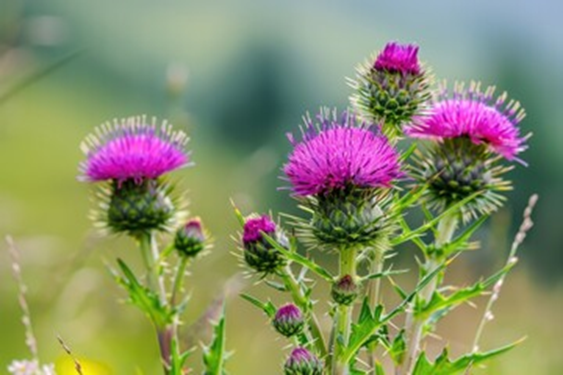
Bull Thistle
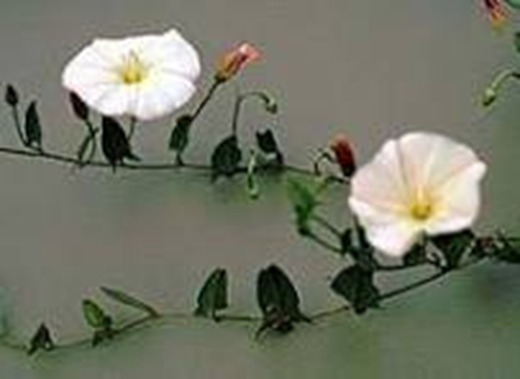
Field Blindweed
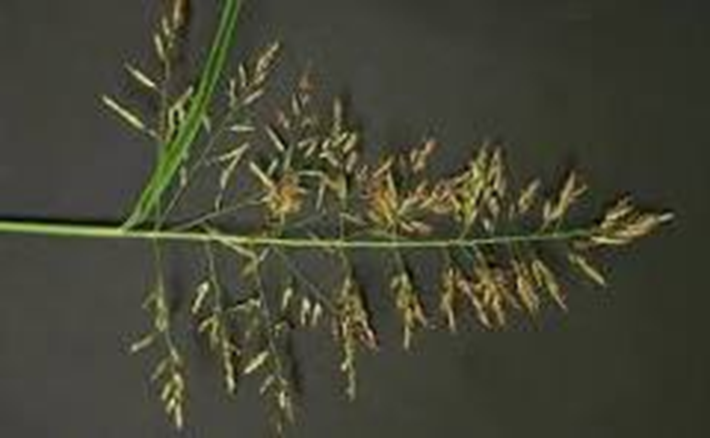
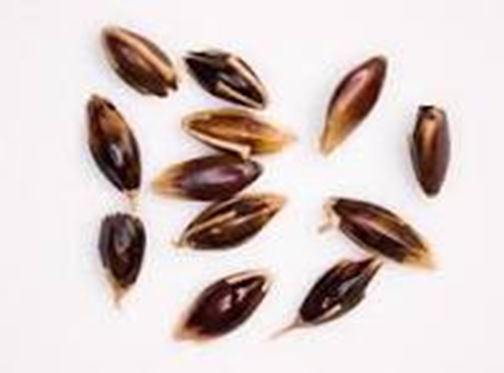
Johnson Grass
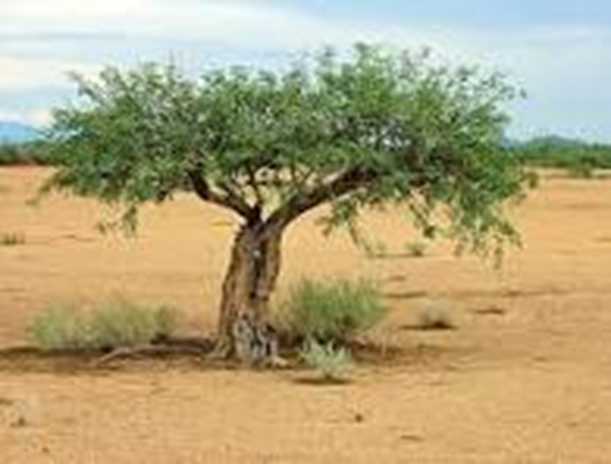
Mesquite
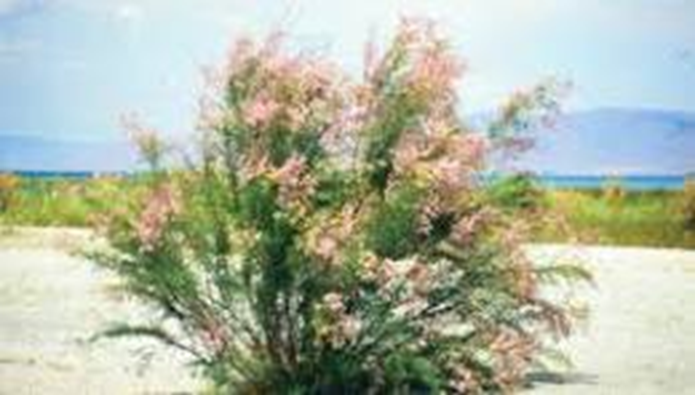
Saltcedar
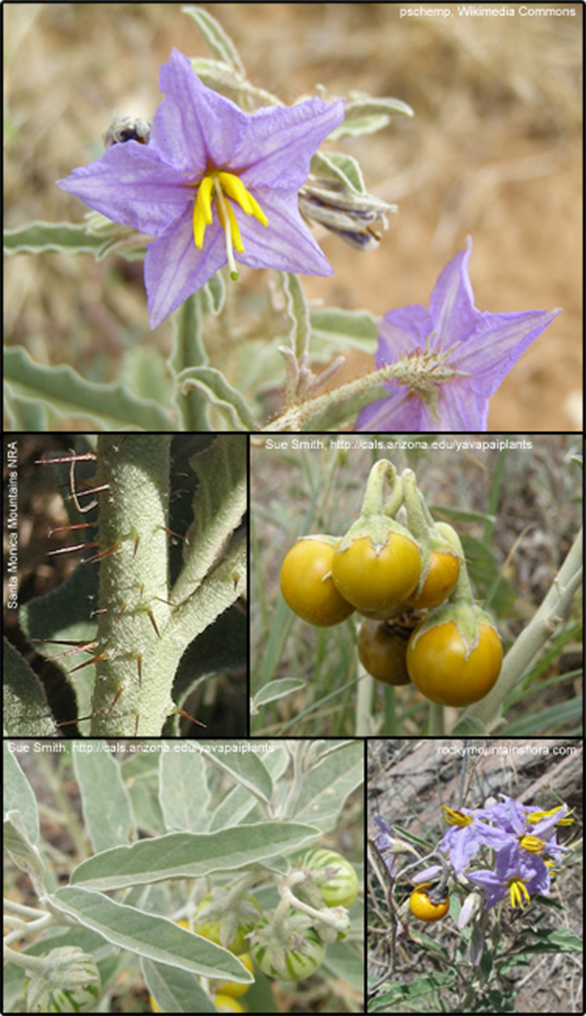
Silverleaf Nightshade
Scale Insects are
Pests
2-spot mites are
Pests
Mexican Bean Beetles are
Pests
Are butterflies pests, beneficial, both or neither?
Both
Are Moths pests, beneficial, both or neither?
Both